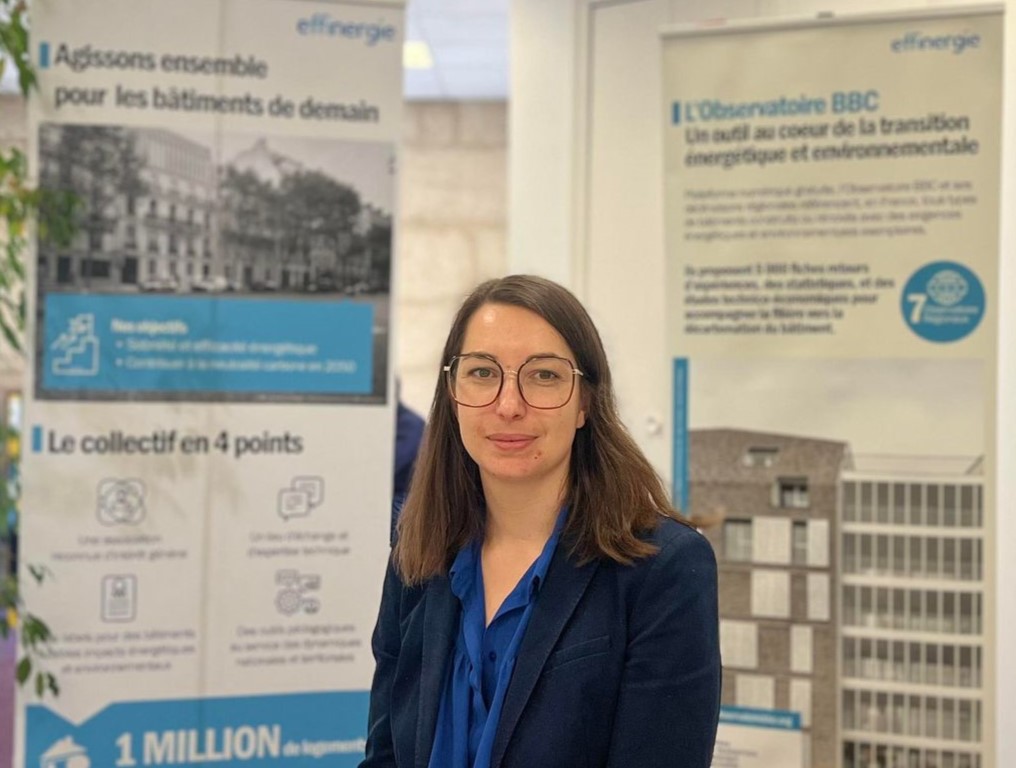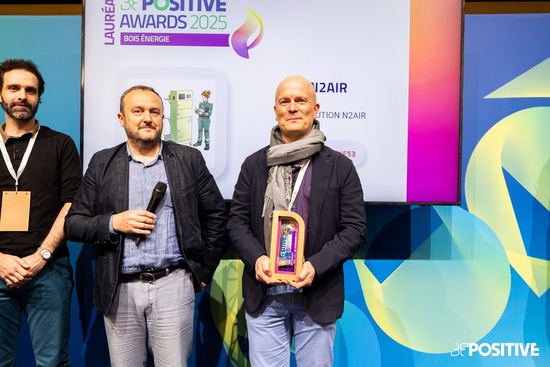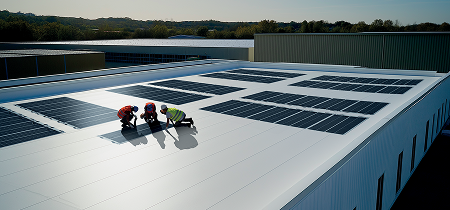Subject file #2 Decarbonising buildings - Section 5: CAP 2030, the association that is inventing the buildings of the future


© Effinergie
Going beyond RE2020 and ushering in resilient, positive-energy buildings that emit even less carbon and are even more comfortable - that is the ambition of the CAP 2030 project. A novel consortium, with over 1,500 professionals, to set a new frame of reference and experiment. An interview with Marie Gracia, Director of Collectif Effinergie and an active member if Cap 2030.
Who are the stakeholders working with you on the cap 2030 approach, and what makes this association original?
Our association, Effinergie, which unites a very broad ecosystem of building industry stakeholders, was already heavily involved in the preparation of RE 2020, notably with the introduction of labels which served to herald in the regulations, and with the support of Observatoire BBC - a low-consumption and low-carbon building monitoring centre - designed inspire stakeholders and capitalise on feedback.
This work showed us that the efforts to be made by the building and development industry to reduce their carbon footprint and energy consumption as much as possible require both extensive mobilisation of stakeholders and a capacity for innovation.
That is why we joined forces with Alliance HQE-GBC France, Collectif des Démarches Quartiers Bâtiments Durables and our own Collectif Effinergie in an informal ecological interest group, and in conjunction with the French government, Plan Bâtiment Durable, CSTB and Ademe, initiated a process of reflection on building after RE 2020.
Bringing so many stakeholders to the table is a first, and it gives us the capacity to shift up to the next gear. Although RE 2020 is already a very positive development and a major step forward for the building industry, there are still many issues to be addressed.
How does this association work, and what are the short- and medium-term expectations?
Our aim is to draw up what we call a common frame of reference by the end of 2024, i.e. a set of recommendations, guidelines and indicators for going beyond RE 2020. We will then be able to give stakeholders the opportunity to experiment with this reference framework, and in return, capitalise on the feedback and provide food for thought. This is a long-term, iterative process, which should also enable us to boost our capacity to raise awareness and increase support for professionals over the next 10 years.
To achieve this, we are organised into 9 working groups, each dedicated to a specific theme: carbon neutrality, performance measurement, energy and network cooperation, indoor environmental quality, sustainable water management, circular economy, biodiversity, adaptation to climate change and low-tech.
In which areas do you have the largest margins for progress in relation to RE2020?
All areas are important, precisely because we need to have a systemic vision of buildings. Nevertheless, one of Effinergie's key challenges remains the production of positive-energy buildings that are as economical as possible in all respects - water, energy, materials, etc. - and at the same time offset energy consumption with production.
Cap 2030 will also be an opportunity to examine the measurement of actual versus theoretical performance more closely, and to identify the key aspects to be verified on delivery to ensure that the quality of construction meets the expectations of future occupants and guarantees their comfort.
Finally, there are two fairly new areas that could be real innovation drivers. The first concerns adapting buildings to climate change. As part of the CAP 2030 project, we will be working on risk analysis grids and no doubt formalising tools to carry out vulnerability diagnoses. The second concerns low-tech and will involve challenging all the working groups to come up with sustainable, simple, robust solutions, whether in terms of design, processes or materials. Our margins for progress remain substantial, especially when we bear in mind that a quarter of the projected housing stock for France in 2050 has not yet been built!
To find out more about the step and how it is progressing: https://www.planbatimentdurable.developpement-durable.gouv.fr/cap-2030-r354.html





